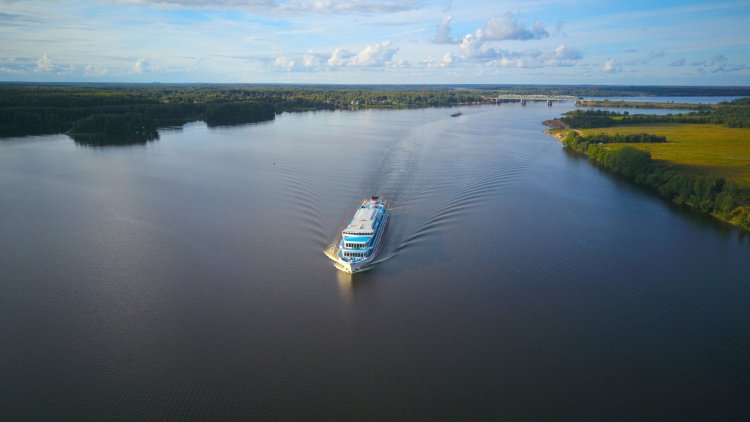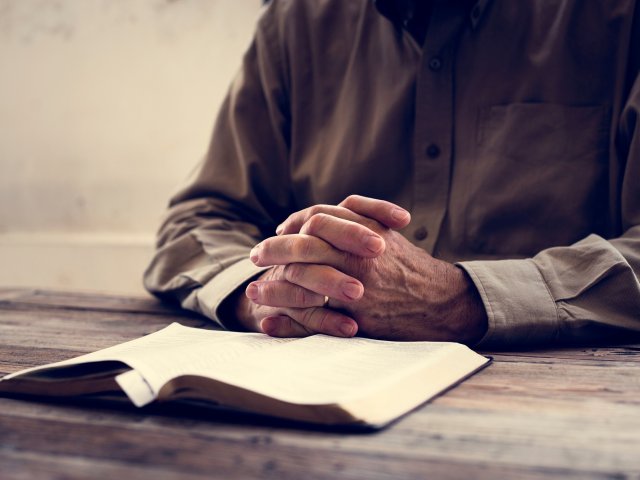Almost 82 km in nine hours – from Limón Bay, via locks, to Gatun Lake, past Barro Colorado Island, via Gaillard Cut and the three exit locks to the Gulf of Panama. This is an alternative to the route from the Atlantic Ocean to the Pacific Ocean past South American countries, via the Scotia Sea. The Panama Canal has been connecting two largest oceans for over a century. It was opened officially on June 12, 1920.
“What God hath joined together let not man put asunder,” King Philip II of Spain rejected the canal project for religious reasons in the 16th century. The idea of connecting the two oceans and shortening the route by orders of magnitude dates back to that time. Development of international trade in the early 19th century rekindled the interest in building the canal; the first attempt to dig a route for ships took place in 1879.
The first project was to build the canal at sea level, but taking out a layer of soil dozens of meters thick proved to be very expensive. 300 million Dollars were spent on the construction in 1888, which was double the amount planned, while only one third of the work was completed. Disease – malaria and yellow fever – became an issue: according to some information, up to 20,000 workers died during the first attempt to build the canal. The work was only resumed after 1900, when it was proven that yellow fever was transmitted by mosquitoes.
Compagnie Universelle du Canal Interocéanique de Panama that was responsible for the construction at the first stage, the one that spent double the planned amount and only built one third of the project, was dissolved in 1889. The bankruptcy case went to court and that was when a corrupt scheme designed to influence parliaments, governments and the press was discovered. It transpired that blatantly illegal actions had been authorized that ruined small investors, while the press were only saying what they were expected to say. It was from this stage of the Panama Canal construction that that the term “panama” originated, meaning large-scale fraud.
The construction efforts were renewed by the Americans. Knowing how to prevent outbreaks of malaria and fever, they started the construction with an expedition that cut down shrubs and trees, drained swamps and burned the grass in order to destroy mosquitoes along the Panama Canal.
On the morning of October 13, 1913, guests gathered in the White House. 4,000 kilometers of cable from the presidential residence up to the Panama Canal connected a gilded push button and twenty tons of dynamite: the explosion destroyed the last barrier between the Atlantic Ocean and the Pacific Ocean. The first steamship went through the canal in 1914, but the canal did not open for navigation then due to a massive landslide – the official opening did not take place until 1920.
The locks of the Panama Canal raise or lower water by nearly 30 meters – the level difference between the canal and the World Ocean. On the Atlantic side, the three-step Gatun Locks connect Limón Bay with Gatun Lake. On the Pacific side, the two-step Miraflores Locks and the single-step Pedro Miguel locks connect Panama Bay to the canal bed. Their width – 33.5 meters – is known as Panamax, which is the ship size standard for passing through the old historical locks of the Panama Canal.
In 2016, the canal was widened and the New Panamax introduced, allowing larger ships to use the canal. The threshold dimensions are: length: 366 m; width: 49 m; height: 58 m (there are two bridges across the canal), while draught is not to exceed 15.2 m. Ships of greater dimensions still have to go around Latin America to get from one ocean to the other.
Photo: kolashtov / ru.123rf.com






















